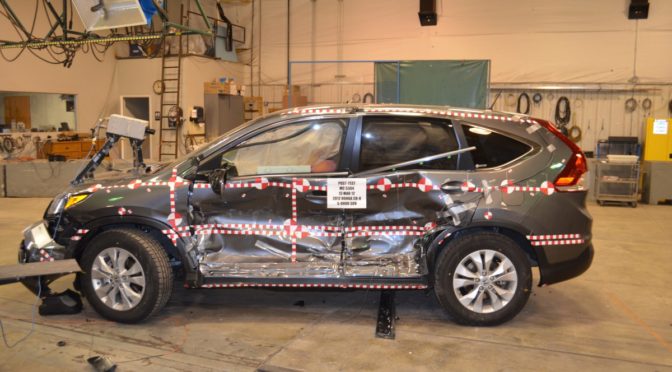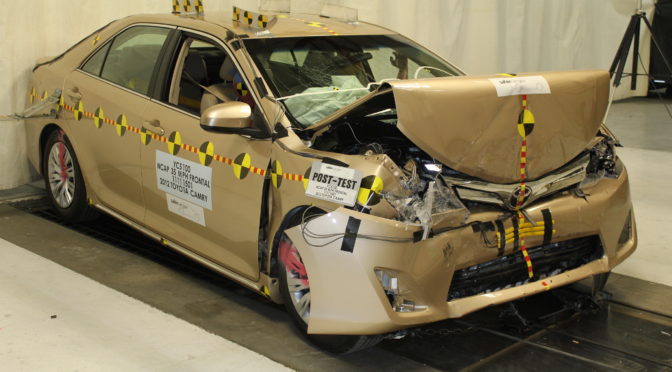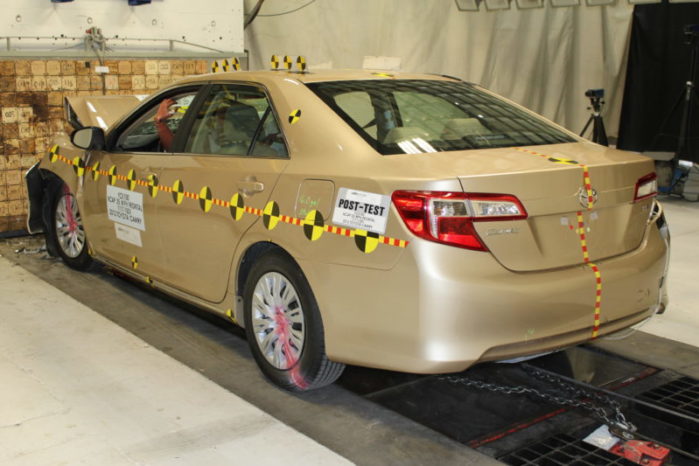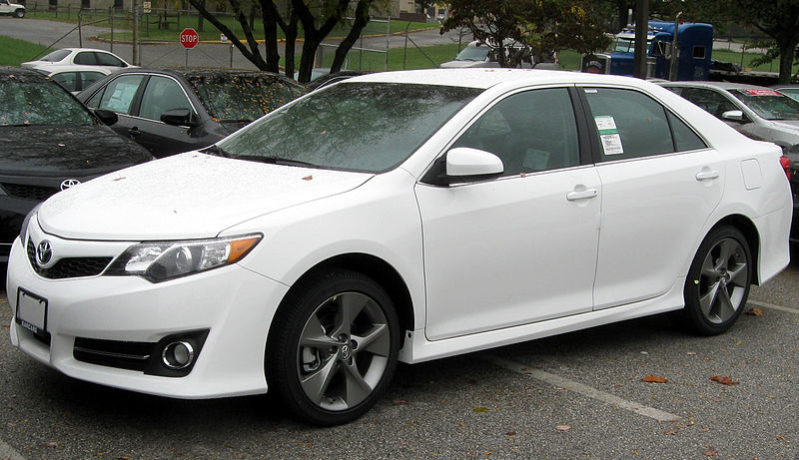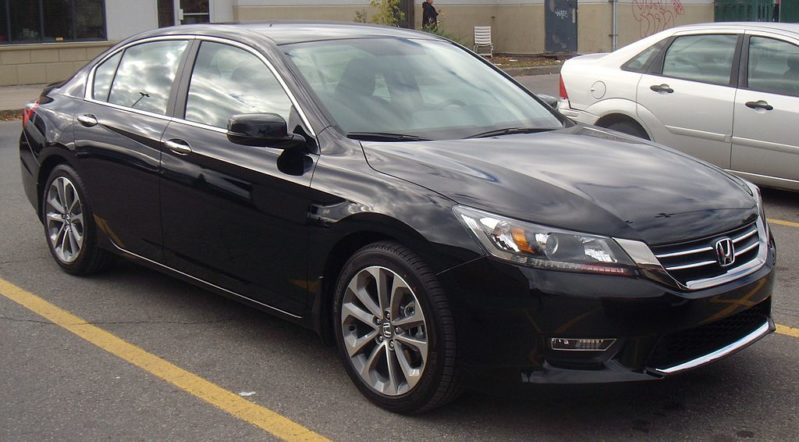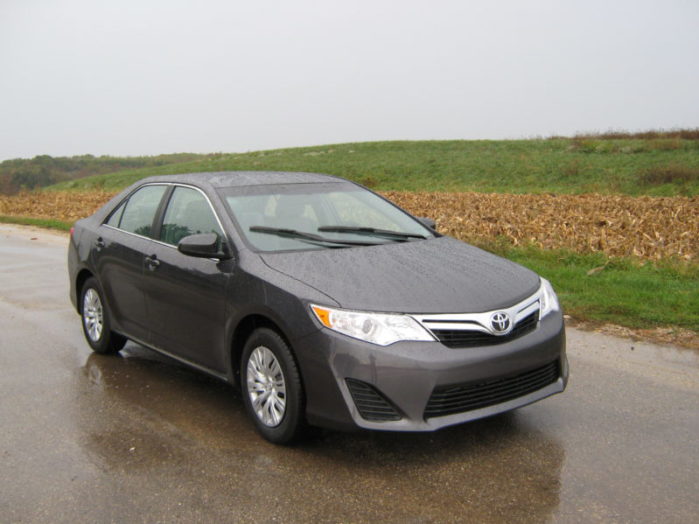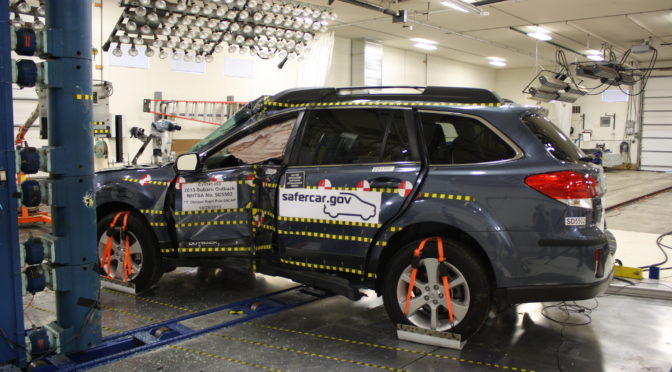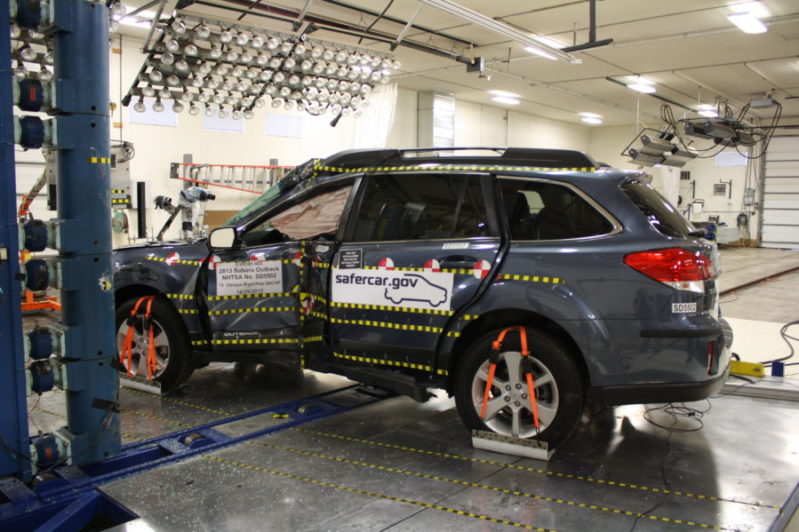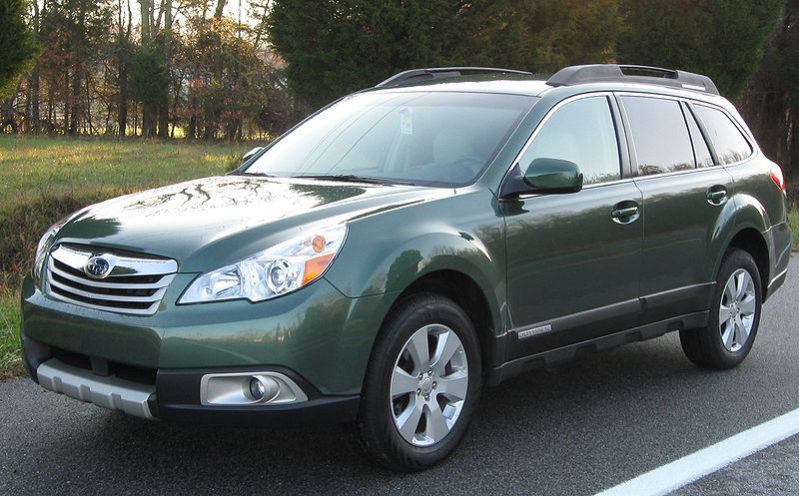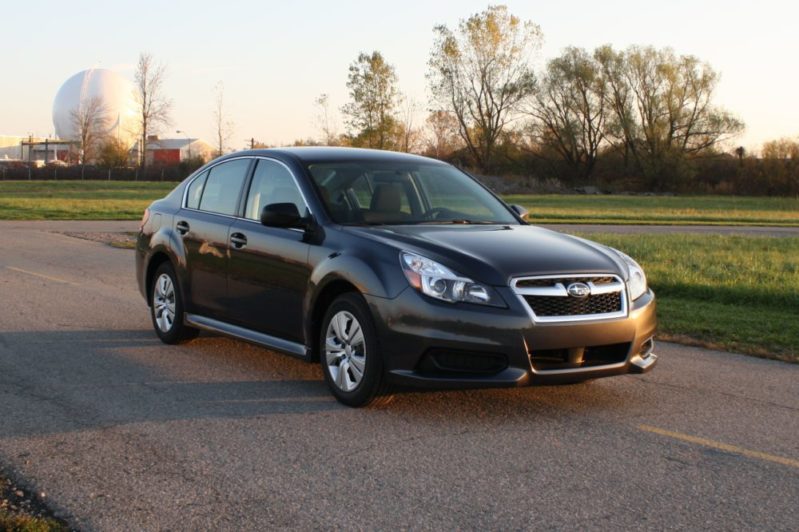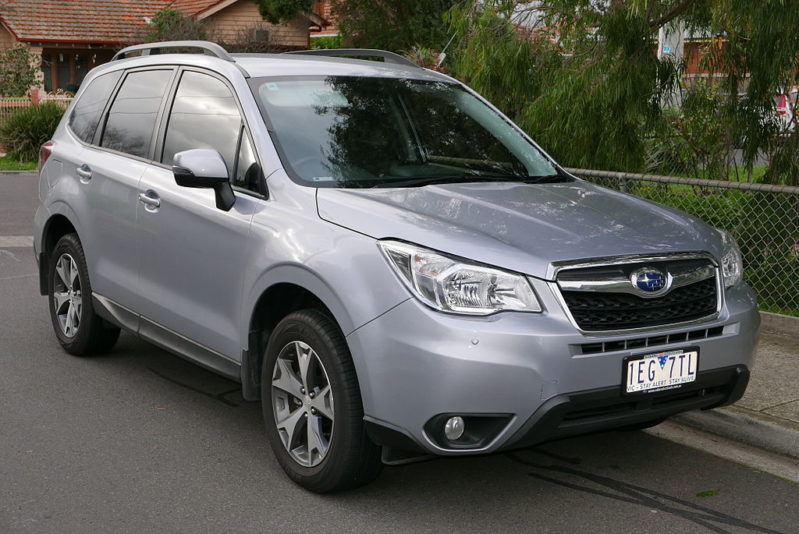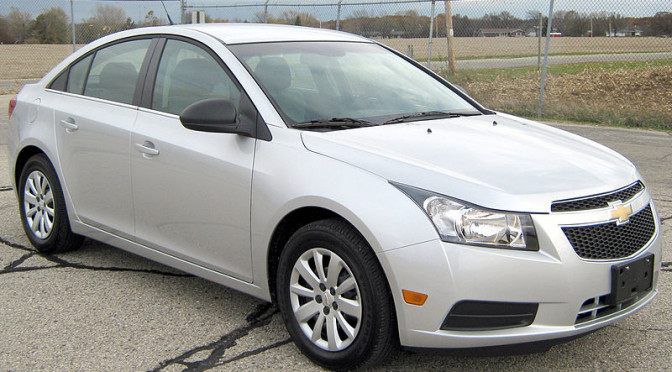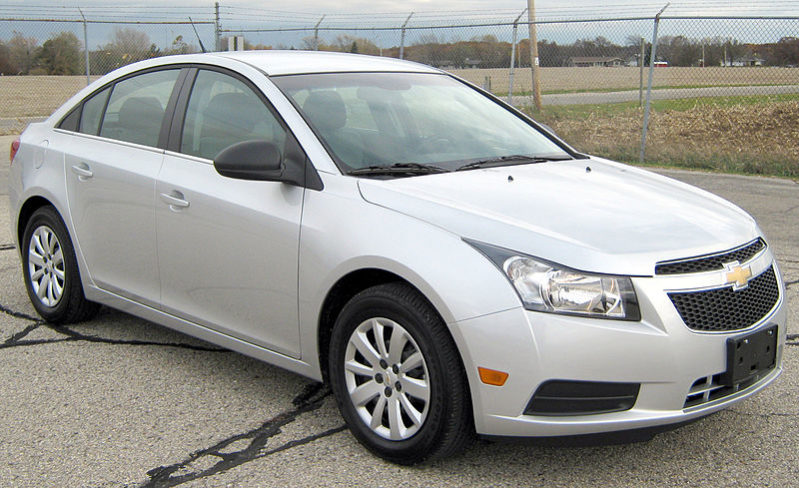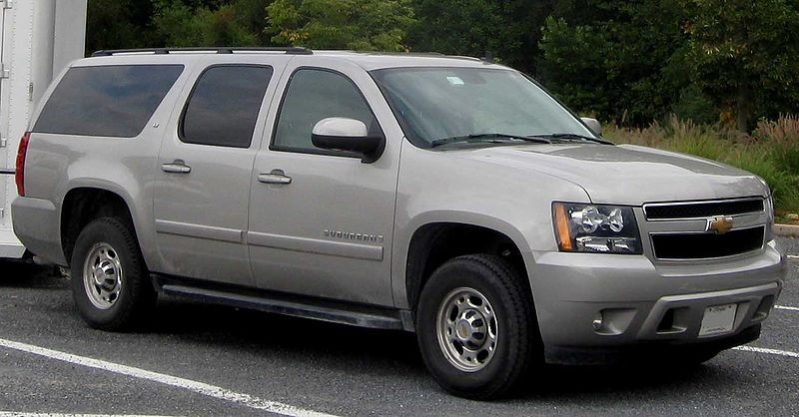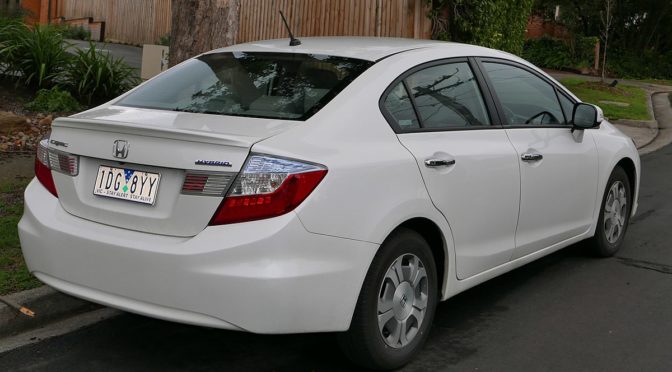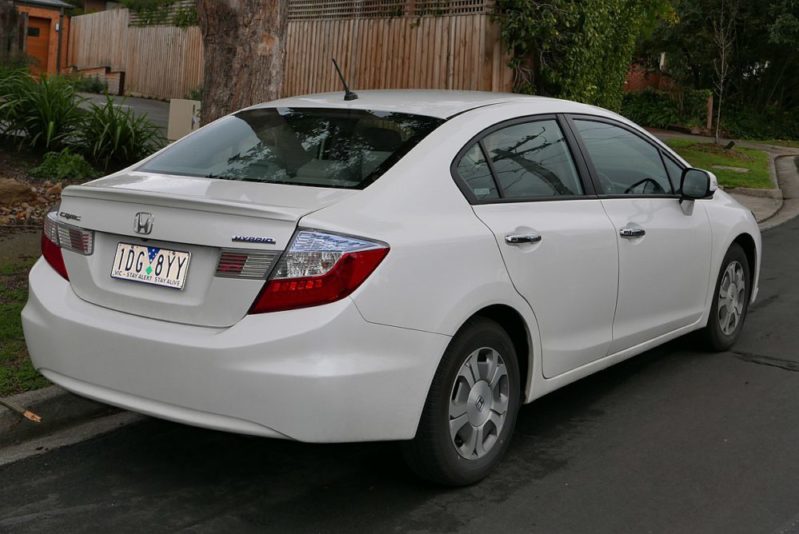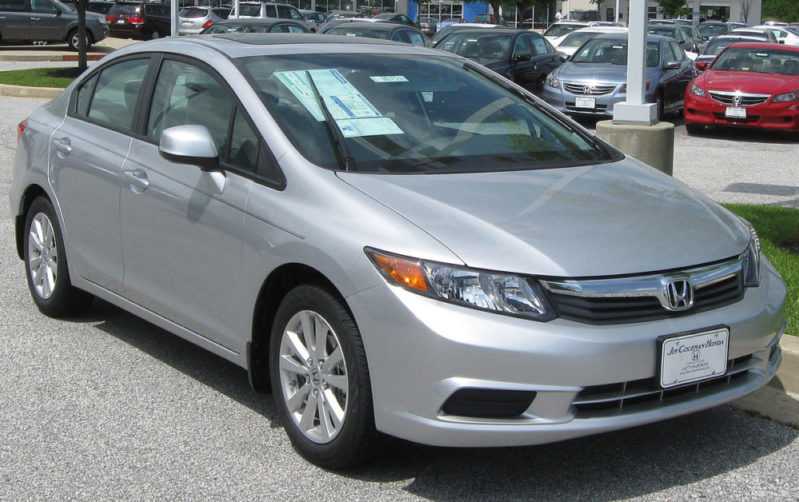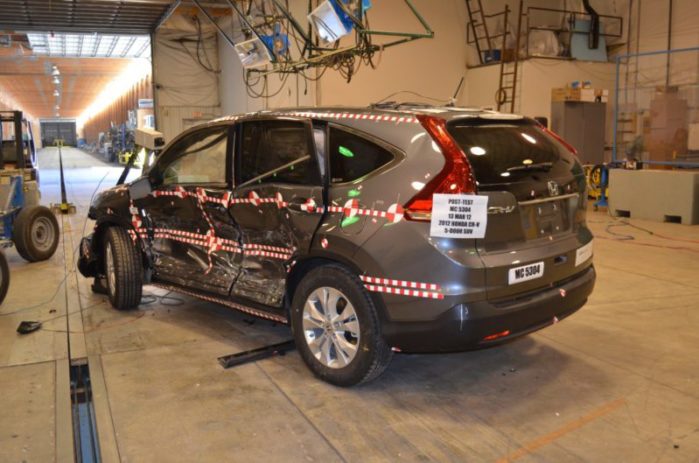
The Honda CR-V and its larger sibling, the Pilot, are two of the most popular small and mid-sized SUVs sold (and manufactured) in the United States. I frequently recommend the CR-V as a safe and responsible choice for teenage drivers and the Pilot is one of the more common vehicles parents email me about when querying 3 across combinations. Many people take it for granted that the Pilot, being significantly larger and heavier, is the safer of the two vehicles for a family–but I’ve long held that driver and road factors are far more important than vehicle factors once a basic level of safety is reached, and the IIHS’ most recent collection of driver death rate data again supports this perspective, showing that the CR-V and Pilot are equally safe vehicles in the all important task of keeping their drivers alive.
The IIHS has once again released their calculations on driver death rates for recently sold (2011-2014) vehicles in the US. The calculations use large confidence intervals and overlook two of the three most important factors in auto safety—how we drive and where we drive–but they’re still interesting to review. This is the latest in an ongoing series teasing apart the IIHS’ 2017 Status Report (volume 52, number 3); recent articles include Volt vs Prius vs Leaf Safety Showdown, The Civic vs the Accord, A Suburban isn’t safer than a Cruze, Outback, Legacy, or Forester? It doesn’t matter, and A Camry is as safe as an Accord (and vice-versa). Today we’ll revisit Honda and tease apart whether there’s any safety advantage to putting your family in a recent Pilot over a recent CR-V.
2012-2014 Honda CR-V 4WD – 14 driver deaths (6-22)
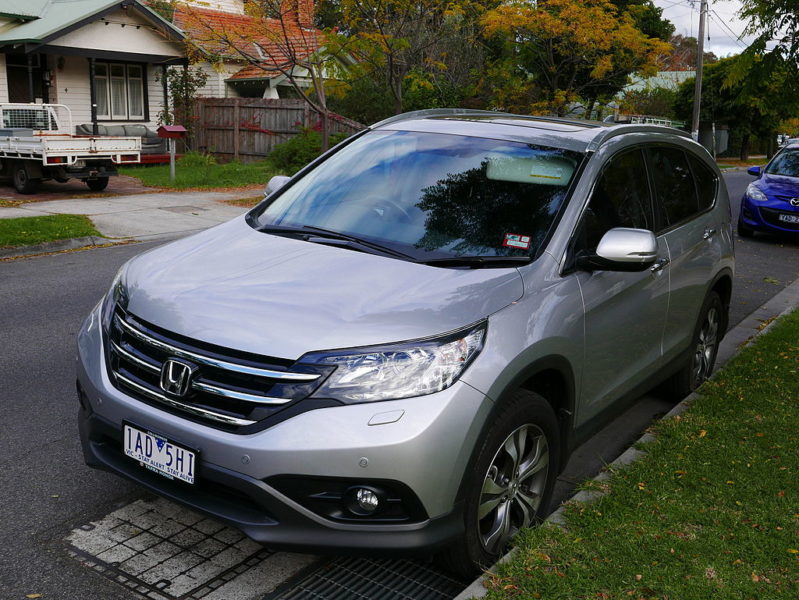 Per the IIHS, the 4WD trim of the 2012-2014 Honda CR-V had a driver death rate of 14, with 10 predicted fatalities occurring from multiple vehicle crashes and 4 from single vehicle crashes. These predictions were based on an exposure of 1,047,803 registered vehicle years and a 95% confidence bound of 6-22.
Per the IIHS, the 4WD trim of the 2012-2014 Honda CR-V had a driver death rate of 14, with 10 predicted fatalities occurring from multiple vehicle crashes and 4 from single vehicle crashes. These predictions were based on an exposure of 1,047,803 registered vehicle years and a 95% confidence bound of 6-22.
This doesn’t mean that 14 drivers died driving 4WD CR-Vs of the aforementioned model years during the surveyed years. Instead, it means that the IIHS examined NHTSA figures on who died while driving the aforementioned CR-Vs between 2012 and 2015 and added IHS data on registered CR-Vs during those years before putting all the numbers together in a statistical program. Their analysis suggests that if, for example, 1 million drivers drove 1 million of the aforementioned CR-Vs for a full year throughout the US, 14 would be predicted to die.
The 2WD trim had a close(and statistically identical) driver death rate of 22 with a slightly larger confidence bound of 8-36 due to the smaller (though still relatively large) exposure of 563,737 registered vehicle years. We can’t say the 4WD was safer than the 2WD despite one having a lower driver death rate figure than the other because the confidence bounds of both vehicles overlap. We’ll go into this in detail below when comparing the CR-V to the Pilot. For now, just remember that statistically, both the 4WD and 2WD CR-V had indistinguishable driver death rates.
2011-2014 Honda Pilot 4WD – 15 driver deaths (5-25)
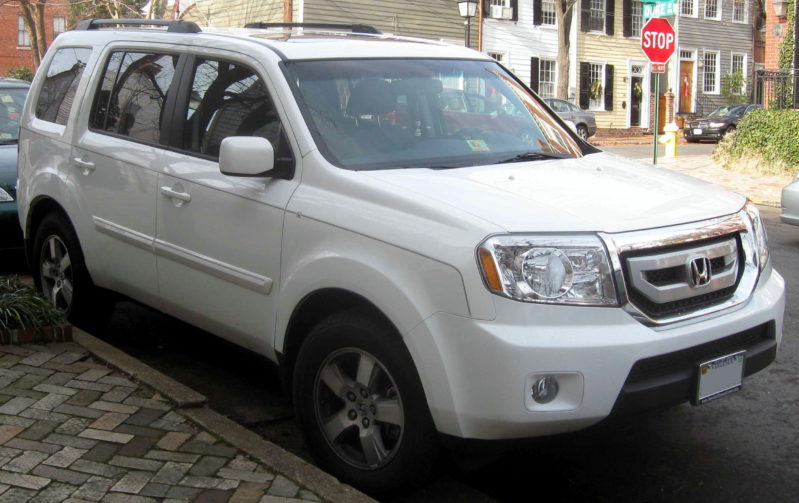 Statistically tied with the 4WD CR-V, the 4WD 2011-2014 Honda Pilot had a driver death rate of 15, with 8 predicted multiple vehicle fatalities and 8 predicted single vehicle fatalities, with 2 of those occurring from rollovers. As in other driver death rate figures (e.g., those of the Camry and Accord), adding multiple- and single-vehicle fatality estimates doesn’t result in the combined driver death rate figure; this is due to statistical rounding. And as with the CR-V, the general meaning of the driver death rate is that, according to the IIHS’ math, if 500,000 drivers drove 500,000 Pilots for 2 full years around the US with typical mileage and driving patterns, we would expect 15 of them to die. The exposure was based on 893,584 registered vehicle years.
Statistically tied with the 4WD CR-V, the 4WD 2011-2014 Honda Pilot had a driver death rate of 15, with 8 predicted multiple vehicle fatalities and 8 predicted single vehicle fatalities, with 2 of those occurring from rollovers. As in other driver death rate figures (e.g., those of the Camry and Accord), adding multiple- and single-vehicle fatality estimates doesn’t result in the combined driver death rate figure; this is due to statistical rounding. And as with the CR-V, the general meaning of the driver death rate is that, according to the IIHS’ math, if 500,000 drivers drove 500,000 Pilots for 2 full years around the US with typical mileage and driving patterns, we would expect 15 of them to die. The exposure was based on 893,584 registered vehicle years.
The 2WD trim had a nearly identical (and again, statistically identical) driver death rate of 17 with a slightly larger confidence bound of 3-32 once again due to the smaller exposure of 462,277 registered vehicle years. As with the CR-V, we can’t say the 4WD was safer than the 2WD despite the already-minuscule difference in driver death rates because the confidence bounds of both vehicles once again overlap.
Now that we’ve laid out the figures, let’s go into why they don’t matter from a statistical point of view!
How can both vehicles be equally safe if the Pilot is so much bigger than the CR-V?
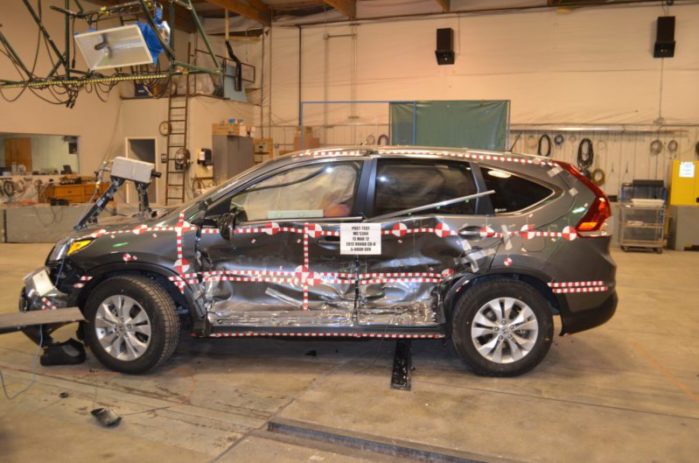
This is where the math gets fun. Although the Pilot is much larger than the CR-V, statistically, the IIHS’ math did not find a difference in the rate at which they kept their drivers alive, which means that, practically speaking, both vehicles are equally safe.
We know there wasn’t a difference between both vehicles (indeed, between all four trims) because their confidence bounds overlapped. The 95% confidence bounds tell us where the true driver death rate would be located 95% of the time we looked for it by sampling the cars and drivers (e.g., sampling 1 million drivers driving 1 million CR-Vs for a year or 2 million drivers driving 2 million Pilots for 6 months or 250,000 drivers driving 250,000 CR-Vs for 4 years, etc).
Per the model, the 4WD CR-V’s true driver death rate would almost always fall between 6 and 22 (between 8 and 36 for the 2WD), while that of the 4WD Pilot would almost always land between 5 and 25 (3 and 32 for the 2WD). There’s a chance (6-22, or 17, out of 5-25, or 21, or 81%) that both 4WDs shared the same true driver death rate. Even expanding to compare all four vehicles, the overlap was 8-22, or 13, out of 3-32, or 30, or 43%, that all four trims of both vehicles shared exactly the same true driver death rate. It’s possible the CR-V had the lowest true driver death rate. It’s just as possible that this title belonged to the Pilot. We don’t know, though, and there’s no way to statistically prove which vehicle was safer (or safest, including the 2WD trims). As a result, all four trims were effectively the same, safety-wise.
I’ve written extensively before about how some of the smallest cars on the road can have lower or equal death rates to some of the largest (e.g., the Chevy Cruze vs the Suburban), or the Prius vs (a lot of really large cars, minivans, SUVs, and pickup trucks). Once you have basic safety features in place, the lion’s share of whether you make it back to your family has almost nothing to do with what you’re driving, but with how and where you’re driving.
What about the 2WD CR-V vs the 2WD Pilot?
As shown above, they were also statistically indistinguishable. As was the 2WD CR-V vs the 4WD Pilot, or the 4WD CR-V vs the 2WD Pilot. Despite the persistent myth of the additional safety of 4WD vs 2WD, when it comes to driving safety in terms of your risk of death while driving, there isn’t actually a statistically-significant difference between most vehicles. The only real advantage of 4WD is that it helps you get going in areas where you might get stuck with 2WD (heavy snow, slush, or mud). It does nothing for steering or braking–every modern car has two wheel steering and four wheel braking by default.
Does this mean my loved ones–husband, wife, kids, or family–are just as safe in a CR-V as they would be in a Pilot?
Per the IIHS’ math, yes. All four vehicles included the same core safety features (i.e., good frontal and side crash scores, side airbags with head protection, and ESC), and it’s likely these benefits would extend to passengers as well as to drivers. All four vehicles are good, safe family choices. If you or your loved ones are lucky enough to drive any of them, whether you make it home or not each day will have far more to do with how and where you drive than on which vehicle you’re sitting inside–which, statistically speaking, is irrelevant.
What’s most important to know to keep my family safe in a CR-V, Pilot, or any other SUV or CUV?
What’s most important to take away from this article doesn’t have anything to do with either of the vehicles I just profiled. Rather, it has to do with the degree to which you follow the following three rules. To keep your loved ones safe, choose safe speeds, follow best practices with car seats, and choose safe roads. Following these principles will increase your family’s chances of both avoiding and surviving car crashes to a greater extent than any benefits you’d get from choosing any car you can currently buy or that the IIHS or NHTSA can recommend.
 If you find my information on best practices in car and car seat safety helpful, you can buy my books here or do your shopping through this Amazon link. Canadians can shop here for Canadian purchases. It costs nothing extra to do so, but when you shop through my links, a small portion of your purchase, regardless of what you buy, will go toward the maintenance of The Car Crash Detective.
If you find my information on best practices in car and car seat safety helpful, you can buy my books here or do your shopping through this Amazon link. Canadians can shop here for Canadian purchases. It costs nothing extra to do so, but when you shop through my links, a small portion of your purchase, regardless of what you buy, will go toward the maintenance of The Car Crash Detective.

